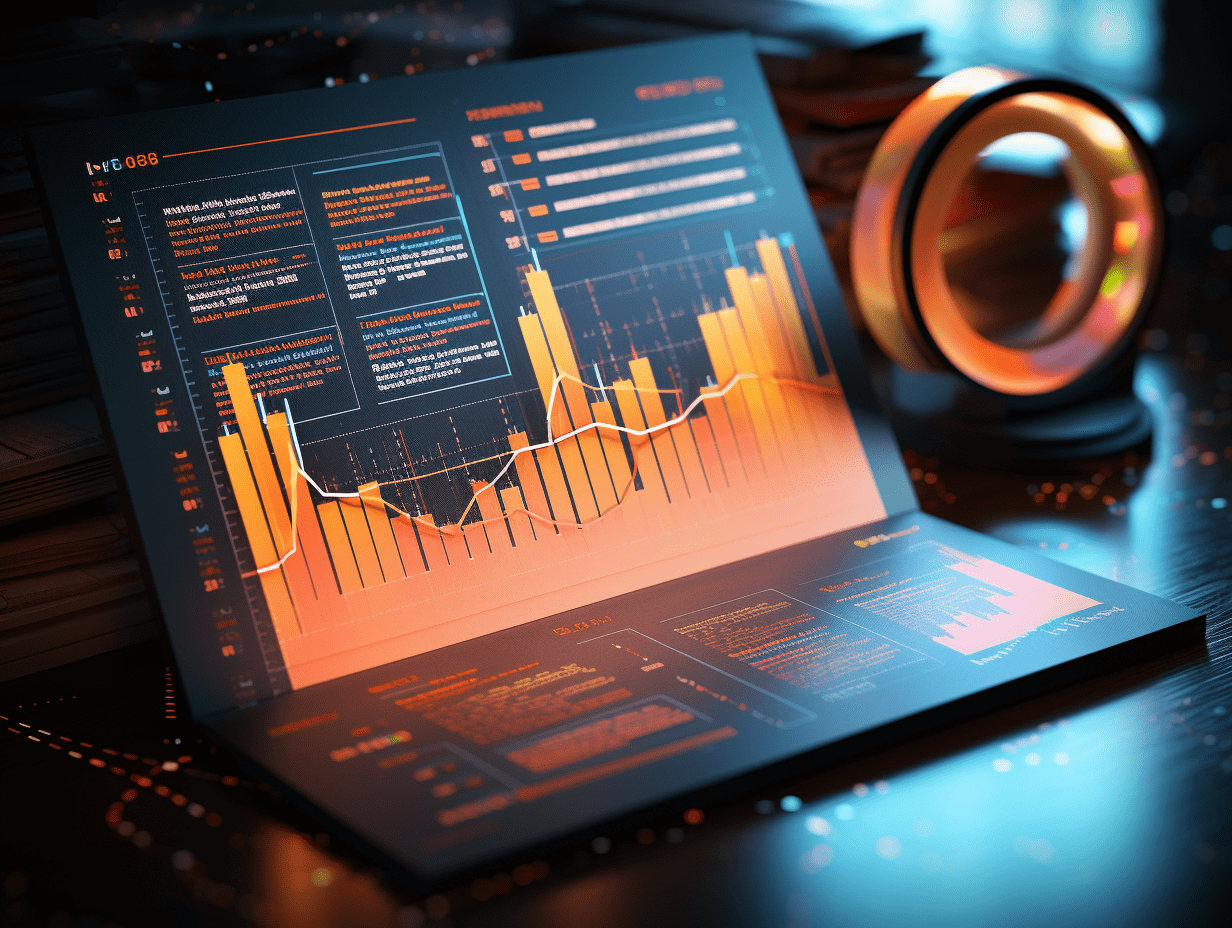US stocks facing "gray rhino"? AI bonds explode in growth, tech giants leverage like crazy.
The market is beginning to debate whether there is a bubble in the AI boom, and the bond market cannot be ignored either.
The artificial intelligence boom is driving global stock markets to record highs, but this boom is increasingly reliant on complex debt financing as data centers with massive computing power require huge capital investment. The financial sustainability of these companies has raised concerns among investors, sparking a debate in the market as to whether there is a bubble in the AI boom.
Supporters argue that unlike past market frenzies (such as the late 1990s internet bubble), this boom is being driven by companies with strong profitability, ample funds, and undeniable business reasons. However, some observers, including the Bank of England, warn of risks in the financial system, particularly in opaque, illiquid, and hard-to-trade assets.
Therefore, debt financing in this AI boom is crucial. However, debt financing is often less transparent than stocks, which can reflect the situation more intuitively through stock price changes. In order to observe the current situation of AI bond financing more intuitively, this article summarizes the five major characteristics of this market.
1) Surge in AI investment-grade borrowing
According to Bank of America Corp data, large tech companies focused on artificial intelligence issued $75 billion in investment-grade bonds in just September and October, more than double the industry's average annual issuance of $32 billion between 2015 and 2024. Bond issuances include $30 billion from Meta, $18 billion from Oracle Corporation, and Alphabet Inc. Class C parent company Alphabet announced new borrowings on Monday.
The $75 billion in deals in September and October represent 5% of the total issuance of investment-grade bonds in the US so far this year, which is $1.5 trillion. However, Barclays PLC Sponsored ADR says AI-related tech debt issuances will be a key determinant of potential credit market supply in 2026.
Debt comes in various forms. For example, Meta reached a $27 billion financing agreement with Blue Owl Capital for its largest data center project, using a complex structure that keeps the debt off its balance sheet.
J.P. Morgan estimates that AI-related companies account for 14% of its investment-grade index, surpassing other industries.
Mag7's net debt-to-equity ratio has dropped from -22% on October 24th to -16% currently. Although net debt is still negative, indicating greater liquidity than debt, the gap between them is narrowing, which is not a good sign. This shows that tech companies are spending money or increasing debt for AI-related capital expenditures. The closer this value gets to zero (or becomes positive), the system will shift from "cash-rich" to "leveraged."
2) Typical case: Oracle Corporation stock prices soar, but credit risk is rising
Oracle Corporation's stock price surged by 54% in 2025, on track for its strongest annual gain since 1999. Its AI-driven revenue growth has made it one of Wall Street's most valuable companies. However, the sharp rise in the company's credit default swaps (CDS) indicates investors' concerns about the debt levels of this US tech giant.
Large tech companies that have relied on ample liquidity for years are returning to the debt financing arena, even in a high-interest-rate environment. Even companies with large cash reserves are starting to issue bonds at such high rates.
3) More AI-related junk bonds
AI-related bonds are also starting to appear in the high-yield bond market, or the "junk bond" market, where the default risk is higher, but so is the return.
Last month, TeraWulf, a Bitcoin miner turned data center operator, issued $3.2 billion in high-yield bonds rated BB- by S&P Global, Inc.; and NVIDIA Corporation-backed AI cloud provider CoreWeave issued $2 billion in high-yield bonds in May.
4) Increasing role of private credit in AI financing
UBS Group AG says rapidly growing private credit (provided by investment entities rather than banks) is increasingly funding data centers for artificial intelligence. The bank estimates that within the first 12 months of 2025, AI-related private credit loans could nearly double.
These loans offer greater flexibility but may be harder to trade during market turbulence, potentially causing greater pressure on financial markets. Morgan Stanley estimates that by 2028, the private credit market could provide more than half of the $1.5 trillion needed for data center construction.
5) Revival of asset securitization
Morgan Stanley believes that asset-backed securities (ABS) and other securitization products will also contribute to the growth of the AI industry. These products bundle illiquid assets such as loans, credit card debt, or AI data center rents into tradable securities.
While digital infrastructure accounts for only 5% of the US ABS market (about $800 billion), Bank of America Corp points out that this market has grown more than eightfold in less than five years. Data centers support 64% of this market and the market is expected to reach $115 billion by the end of next year, primarily driven by data center construction.
ABS is a standard financing tool, but caution has been exercised since the 2008 financial crisis when products worth billions of dollars were backed by bad loans and highly illiquid and complex assets, leading to the subprime crisis.
Related Articles

The US service sector is recovering but employment remains a concern, with the price index hitting a three-year high.

The structure of US debt continues to tilt towards the short end, the Ministry of Finance temporarily does not issue long-term bonds, relying on Treasury bills to fill the deficit.

In October, the ADP employment figures in the United States rebounded more than expected, becoming a key market reference amid the government shutdown.
The US service sector is recovering but employment remains a concern, with the price index hitting a three-year high.

The structure of US debt continues to tilt towards the short end, the Ministry of Finance temporarily does not issue long-term bonds, relying on Treasury bills to fill the deficit.

In October, the ADP employment figures in the United States rebounded more than expected, becoming a key market reference amid the government shutdown.

RECOMMEND

Starbucks China Transaction: Aggressive Expansion, the South Korea Precedent, and Persistent Core Challenges
05/11/2025

Supor’s Slowdown: Profit Plunge, Executive Share Sales, and Challenges Under Foreign Control
05/11/2025

Central Bank Resumes Bond Trading and Launches ¥700 Billion Outright Reverse Repo
05/11/2025


